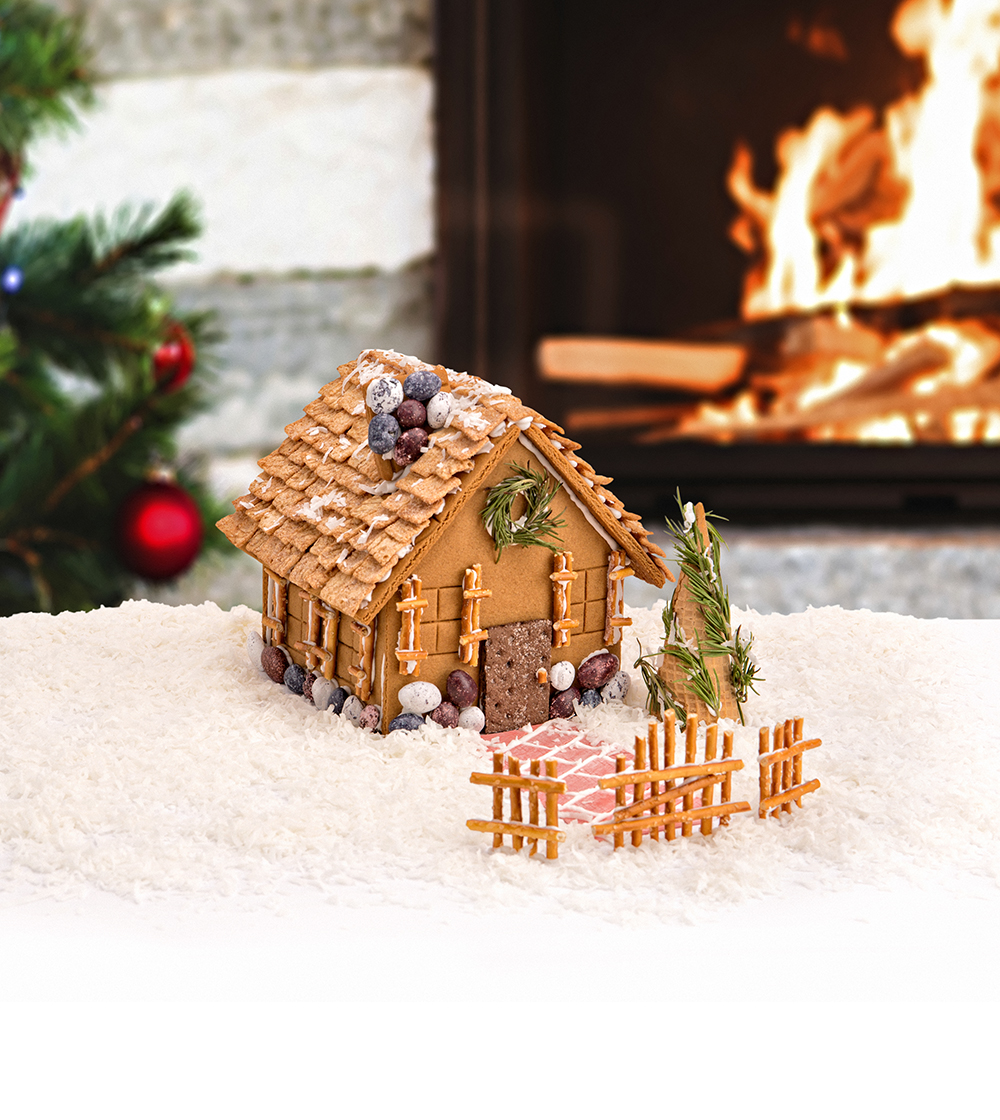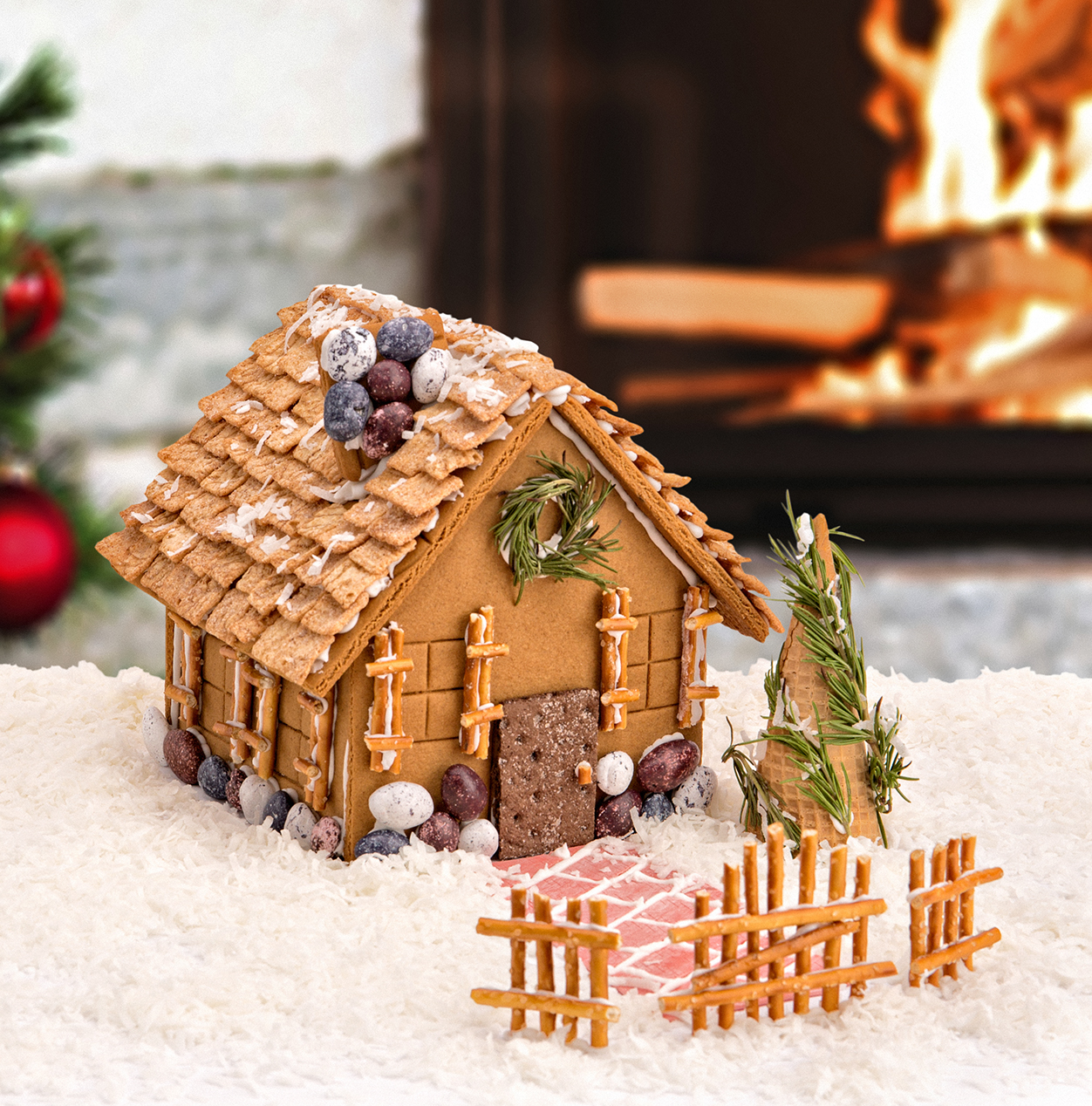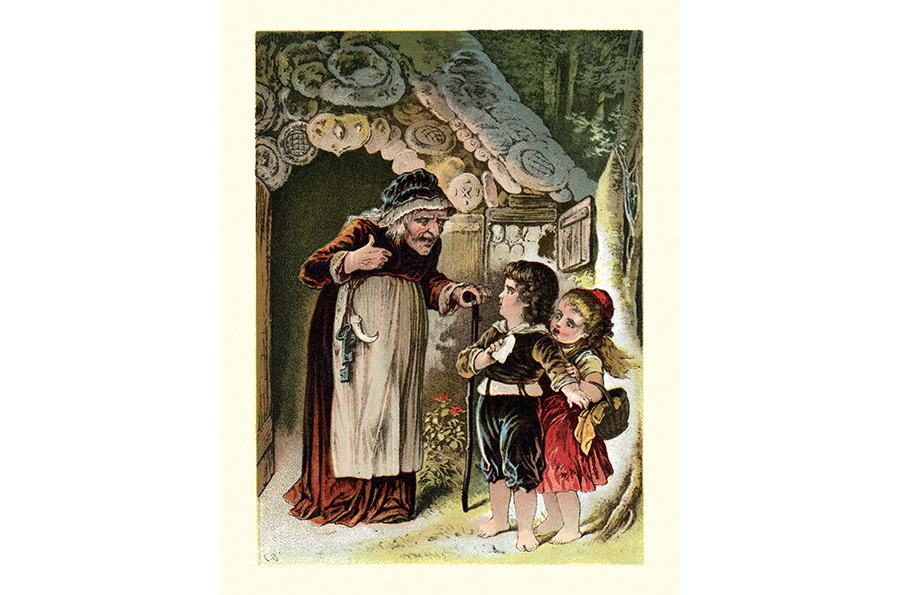
A Tale of Holiday Tradition
The Legend of the Gingerbread House
Family holiday traditions are like snowflakes—no two are the same. And while most American families have their own unique rituals surrounding the holiday season, there are also a handful of time-honored traditions that have become universal.
For instructions on how to make your own homemade holiday decor, including a step-by-step gingerbread house guide, visit americanlifestylemag.com/holidays.
One of the most popular holiday traditions in America is also one of the oldest—the making of gingerbread and gingerbread houses. Ginger spice has been used in cooking for thousands of years, with the first recorded instance of gingerbread dating back to the ancient city of Pompeii in 79 A.D. However, its popularity and entrance into Western culture came many years later via an Armenian monk.

As French legend states, Gregory of Nicopolis, a monk living in what is present-day Turkey, brought the gingerbread recipe to Europe for the first time in 992 and began teaching the process of gingerbread making to French monks, who would carry on the tradition for hundreds of years.
Gingerbread quickly rose to popularity in Europe, with special guilds forming for bakers who had perfected the process. These professional gingerbread bakers were the only people allowed to produce the bread throughout the year, with the exception of Christmas and Easter, when ordinary citizens were allowed to make the confection—thus creating the link between gingerbread and holiday celebrations.
Gingerbread continued to be produced in a similar fashion across Europe for hundreds of years. Professional bakers and home bakers would shape the bread into celebratory figures, like the Virgin Mary or Baby Jesus, and in England, ginger cookies were a popular decoration on Christmas trees. Though religious use of gingerbread remained popular, the first secular form came by way of Queen Elizabeth I. It’s documented that she served the first “gingerbread men” to foreign dignitaries as a welcoming treat.

While the artful shaping of gingerbread had been popular for centuries, it took a German fairy tale to cement its status as a holiday institution. In the early 1800s, when brothers Jacob and Wilhelm Grimm began publishing stories for children, one story in particular stood out—"Hansel and Gretel." In the tale, the witch’s home is made of gingerbread and decorated in candies—which is how she lures the children into it. Due to the success of the fairy tale, bakers all over Germany began making replicas of the gingerbread house and selling them during the holiday season. These popular houses became a tradition—one that was brought to America with the influx of German immigrants in the nineteenth century.

In modern America, the gingerbread house has received somewhat of an extreme makeover. In place of the more traditional cottage-style house, families are making everything from quaint cottages to multistory mansions and everything in between—and the fun doesn’t stop there. Gingerbread house decorating has also become a kind of sport, using a variety of candies and anything else imaginable to fashion the most spectacular edible homes.
Though the tradition has changed a great deal over the years, the popularity of gingerbread and gingerbread house making has not. Every year, millions of families across the country use gingerbread as a meaningful, fun way to celebrate the holiday season. Whether you use it for cookies, cakes, or decorations, gingerbread is the ultimate festive baked good.
For instructions on how to make your own homemade holiday decor, including a step-by-step gingerbread house guide, visit americanlifestylemag.com/holidays.
Posted in Article, Issue 80 Vol 2 on Nov 15, 2016